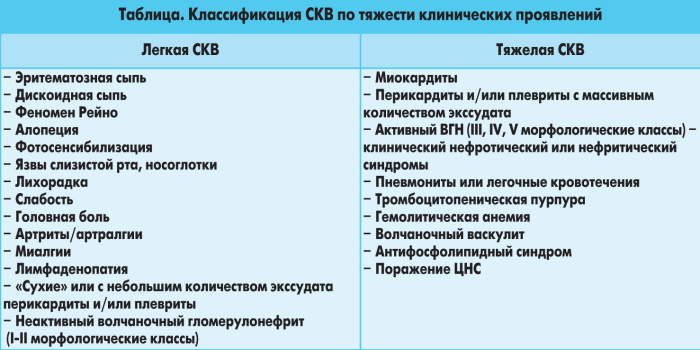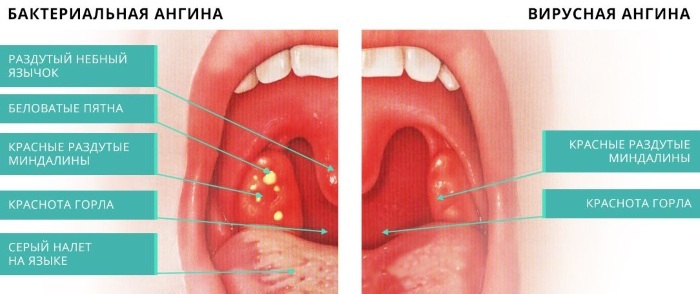The cause of this type of urticaria are allergens - certain substances that the body perceives to be dangerous to him, and reacts to them special and somewhat in excess strong way. This characteristic is manifested skin reaction as transient redness, itching and typical lesions.
Allergens may be external, such as found in foods, clothes, air, medications, insect venom or in plants, and internal for example, it may be the end products of the decay of proteins, fats and carbohydrates, toxins, resulting from an infectious or parasitic disease.

Causes of
allergic hives It may occur in both adults and children. However, it is believed that children are the most vulnerable to the appearance of rashes on the skin surface under the influence of different stimuli. Causes of rash may be different.
The main factor is the occurrence of urticaria contact with an allergen. Secrete substances that often have a negative impact on the body of adults and children. The list includes:
- drugs (antibacterial agents, vitamins, oral contraceptives);
- aeroallergens (pollen, animal dander, household dust);
- food (fish, nuts, seafood, eggs, honey, chocolate, berries and fruit);
- additives used in the preparation of food (aromas, colorants, emulsifiers);
- viruses (hepatitis BEpstein-Barr virus).
The causes of allergic urticaria lie in the impact of physical factors. Among them say:
- water;
- the sun;
- heat;
- cold;
- vibration.
In clarifying the reasons for the formation of an eruption on the skin should not exclude the negative effects of various chronic diseases. In adults and children allergic urticaria may occur in the presence of:
- toxicity;
- dysfunction of the digestive tract;
- respiratory and urogenital lesions fungi and viruses;
- and systemic autoimmune diseases;
- liver and kidney abnormalities;
- endocrine disorders (diabetes, hypothyroidism);
- tumors of various kinds.
In the event of signs of hives, which can be seen in the photo, you need to consult a doctor for clarification of the causes of allergic disease.
urticaria stage
There are three main stages of development of the disease:
| immunological | Starting with human exposure to the allergen. The organism, with the spread of the stimulus, accumulates antibody. |
| pathochemical | At this stage, the mediators of allergy is formed, in the primary reactions. If this relapse ready mediators already present in the body and is their selection. |
| pathophysiological | Comes the response of an organism to a stimulus. After increasing the number of mediators in the blood, it appears the first symptoms of urticaria. |
acute urticaria
In this case, urticaria symptoms appear suddenly, it may be accompanied by general weakness, fever, stomach disorders. The rash of acute urticaria is localized on the trunk, arms, legs, buttocks. Some time later, the rash may disappear and then reappear. Such a pattern may be repeated for several days.
In most cases, the cause of acute urticaria is allergic to a particular food or plant, as well as pharmaceuticals, immunizations and vaccines.

Chronic recurrent urticaria
The chronic form is characterized by an acute rash less severe and recurrent paroxysmal. Attacks can be accompanied by headaches, fever, pain in the joints, nausea, as well as lead to the development of neurotic disorders and insomnia due to the constant itching.
In chronic urticaria rash persists for a long time or periodically occurs within a few weeks or months. Allergy is rarely cause chronic urticaria (1% of cases). Usually it is based on some kind of chronic disease process that develops in the body.
symptoms
There are specific signs that indicate urticaria (see. Photo). Symptoms of allergic urticaria may be of varying severity. These include:
- Swelling and redness tissues;
- Temperature rise. Arises, if the rash covers a large area;
- Joint pain;
- Convulsions, asphyxia, dizziness;
- Itching. Specifies the severity of the disease. The most severe is the painful itching, which develops as a result of insomnia and neurotic disorders;
- Rash. In different forms of the disease rash may differ. It can be small or large and consist of blisters crimson color, with bright red or white border, which is typical for acute urticaria. Sometimes coalesce to form large patches. When the giant nettle fever blisters can reach enormous size, and when complemented by papular papules.
How does an allergic urticaria: photo
The photo below shows how the disease manifests itself in humans.

Treatment of allergic urticaria
When an allergic urticaria treatment is carried out according to the principles of any therapy of allergic diseases.
- An ideal variant in the treatment of urticaria - avoid contact with the factors causing the development of urticaria. This is most easily done with the drug urticaria or food allergies. Then it is possible to avoid the use of a significant allergen.
- If the hives are many factors causes or contact with an important factor can not be excluded, then you should take antihistamines (Claritin, diazolin, Telfast). When the most severe forms of urticaria briefly used glucocorticoid drugs.
Topically to decrease itching and rash are used based on zinc oxide ointments (zinc paste tsindol), more severe cases, the physician may prescribe ointments and creams containing corticosteroids, e.g., advantan, Elokim.
The treatment of severe itching
To remove severe itching at the contact urticaria apply ointment on the hormonal basis of:
- sinaflana;
- prednisolone;
- Hydrocortisone.
They are used when the lesions of the skin area is small.
For non-hormonal ointments, relieves itching include:
- Psili Balm;
- fenistil;
- Perhaps the use of herbal baths and cold compresses.
- Talkers are effective with addition of menthol.
- Inside antihistamines are used.

Food
The diet in this disease is not much different from a diet with other manifestations of allergy. From the diet of an adult or a child definitely need to eliminate the product, which is an agent provocateur of allergic reactions.
In addition, observe the hypoallergenic diet. Replace dairy products dairy. Exclude from the diet of bright exotic fruit. It is not necessary to use those products that you have not tried before. Very often cause allergic seafood, so from them should be abandoned. You can not eat nuts, raisins and prunes.
Meat is best boiled or stewed. It should not be too fat. Vegetables are best eaten fresh or cooked. From fried foods should be avoided. Prefer buckwheat and rice porridge and boiled potatoes. Do not use hot spices and a large amount of salt when cooking.
prevention
To protect themselves from all allergens is impossible, but if a person knows of a tendency to allergies, then for their own health, he should avoid unnecessary provocations by the external environment.
Compliance with hypoallergenic diet, eliminating contact with aggressive household cleaning products, the use of gloves when working with it, gauze bandages with the need to work in dusty areas, and most importantly, knowledge of products and medicines that can cause allergies - an important part of prevention.
Women during pregnancy and lactation should also take precautions so as not to trigger the development of allergy in the child.

Forecast
Prediction of acute urticaria in most cases favorable - rash disappear within days, leaving no trace on the skin. In the absence of re-exposure to a provoking factor of the disease is often never worried man.
However, in the case of chronic allergic urticaria outlook largely depends on its type, severity, patient compliance of a dermatologist or allergist and accuracy requirements prescribed treatment. Such persons should always stick to hypoallergenic diet (to exclude from the diet of eggs, chocolate, seafood and a variety of other products).
It is extremely important to identify the cause of skin disorders in order to minimize its impact. If the rash was provoked by another disease, the prognosis depends largely on the success of his treatment.



